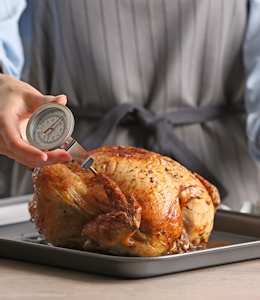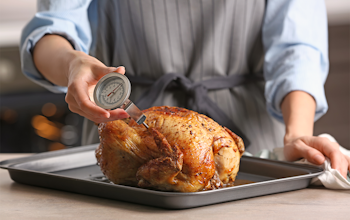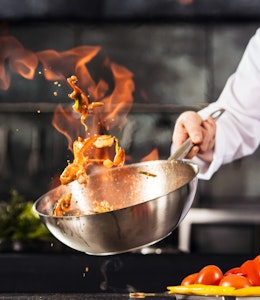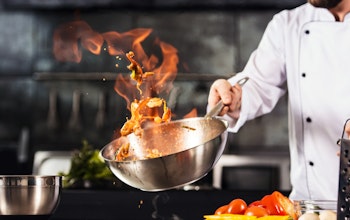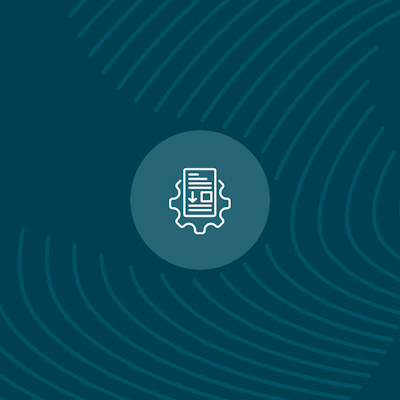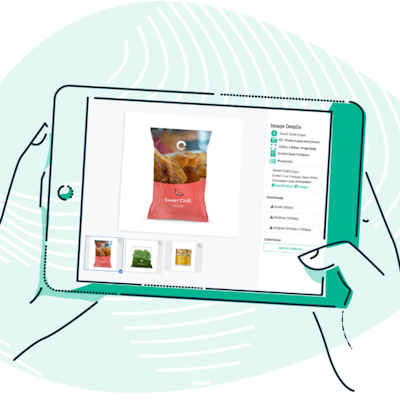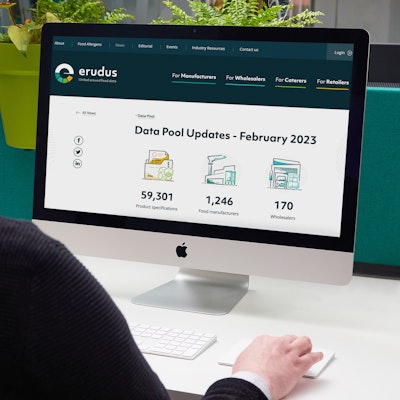Food Safety Cheat Sheet: Cleaning
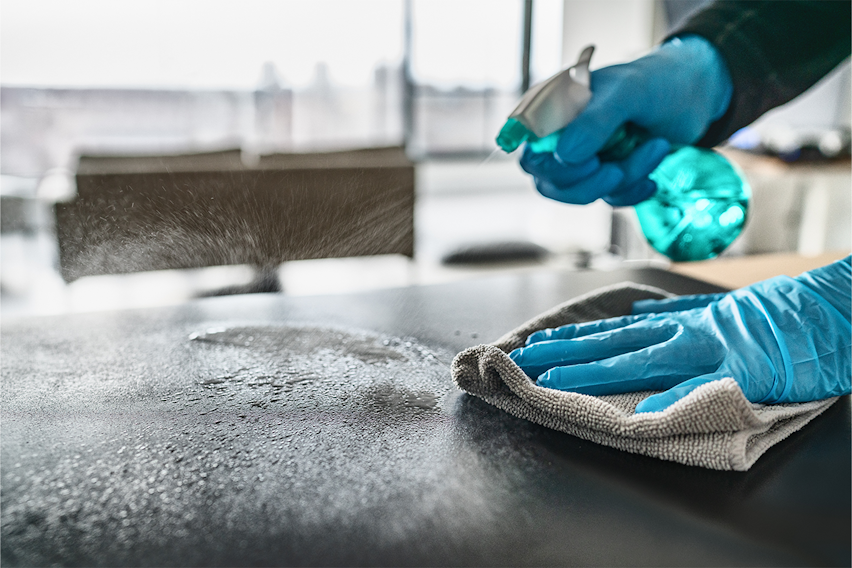
Keeping a clean kitchen surely seems like a no-brainer for foodservice businesses, and yet not cleaning thoroughly is one of the most common reasons why businesses in this sector are prosecuted.
Kitchens and food are breeding grounds for bacteria that causes food poisoning, and whilst cleaning the environment and everything in it thoroughly won’t actually kill this bacteria (unless the water used is above 70 degrees celsius and this temperature is maintained for some time after cleaning - both unrealistic and a scalding risk), it will remove the bacteria from surfaces and utensils and it will be washed away with the used water.
Staying on top of keeping this bacteria at bay is critical, and with our list of tips it’s easy to do…
Clean as you go
It sounds simple, but this is the best way to avoid things building up and seemingly overwhelming. If there is a spillage on the floor or countertop - wipe it up immediately, if a packet or jar is taken out of the fridge or larder, replace it as soon as you’re done using it. If raw meat has been handled, clean any utensils and work area immediately. Cleaning as you go prevents slip hazards, cross-contamination and accidents.
Don’t overfill bins
Overflowing bins are both a biohazard and an invitation for accidents. They’ll also be harder to take out. Make sure the right type of bin is used for your rubbish - particularly food waste.
Stick to a cleaning schedule
Devising and sticking to a cleaning schedule reduces the risk of cleaning tasks being put off or forgotten.
List everything that needs to be cleaned or disinfected in the kitchen (equipment, utensils, work surfaces, floors etc) and work out how often it needs to be done for each (e.g. once a day, once an hour, once a week).
This should be the basis of the schedule, with a checklist to make sure everything has been done when it should be. It’s also worth taking into account how long these cleaning tasks will take and the amount of cleaning products needed.
What is detergent?
Detergent is a cleaning product that can be used to clean surfaces by removing dirt and/or grease. Detergents alone do not kill bacteria and viruses.
Make cleaning instructions available
Having cleaning instructions clearly on display will serve as both a reminder that the cleaning needs to happen, and reduce the risk of it not being done correctly.
Cleaning instructions should include:
- Any specific procedures used
- What products should be used for each task (e.g. disinfectant)
- The quantity of product to be used and if needs to be diluted, by how much
- How long products should be left in contact with the surfaces and countertops as per the Manufacturer’s instructions
- Where and how the products should be stored
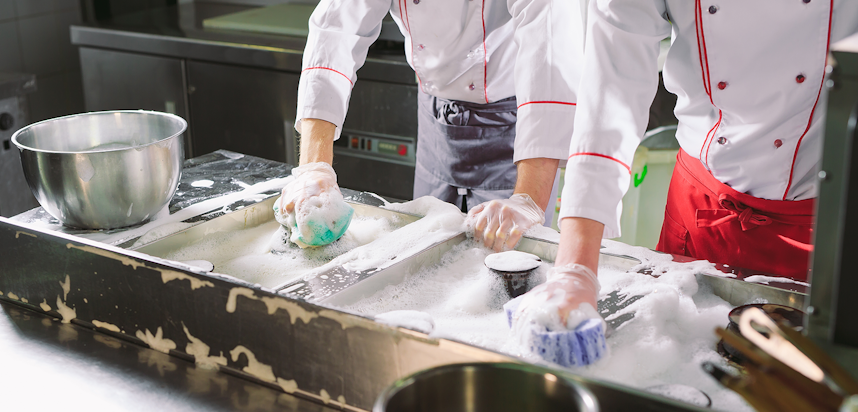
Only use approved cleaning products
Cleaning products used in professional kitchens must meet certain criteria - they must be suitable for the job (cleaning, disinfecting or sanitising) and approved as safe.
According to the Food Standards Agency (FSA) “Disinfection products should meet the BS EN standards. Check product labels for either of these codes: BS EN 1276 or BS EN 13697”.
Educate yourself on safe alternatives if disinfectant is not available
If a situation such as a product-shortage occurs and it is impossible to use your usual approved cleaning and disinfecting products it’s important that the alternatives you seek out are approved and food-safe, with equivalent and effective properties.
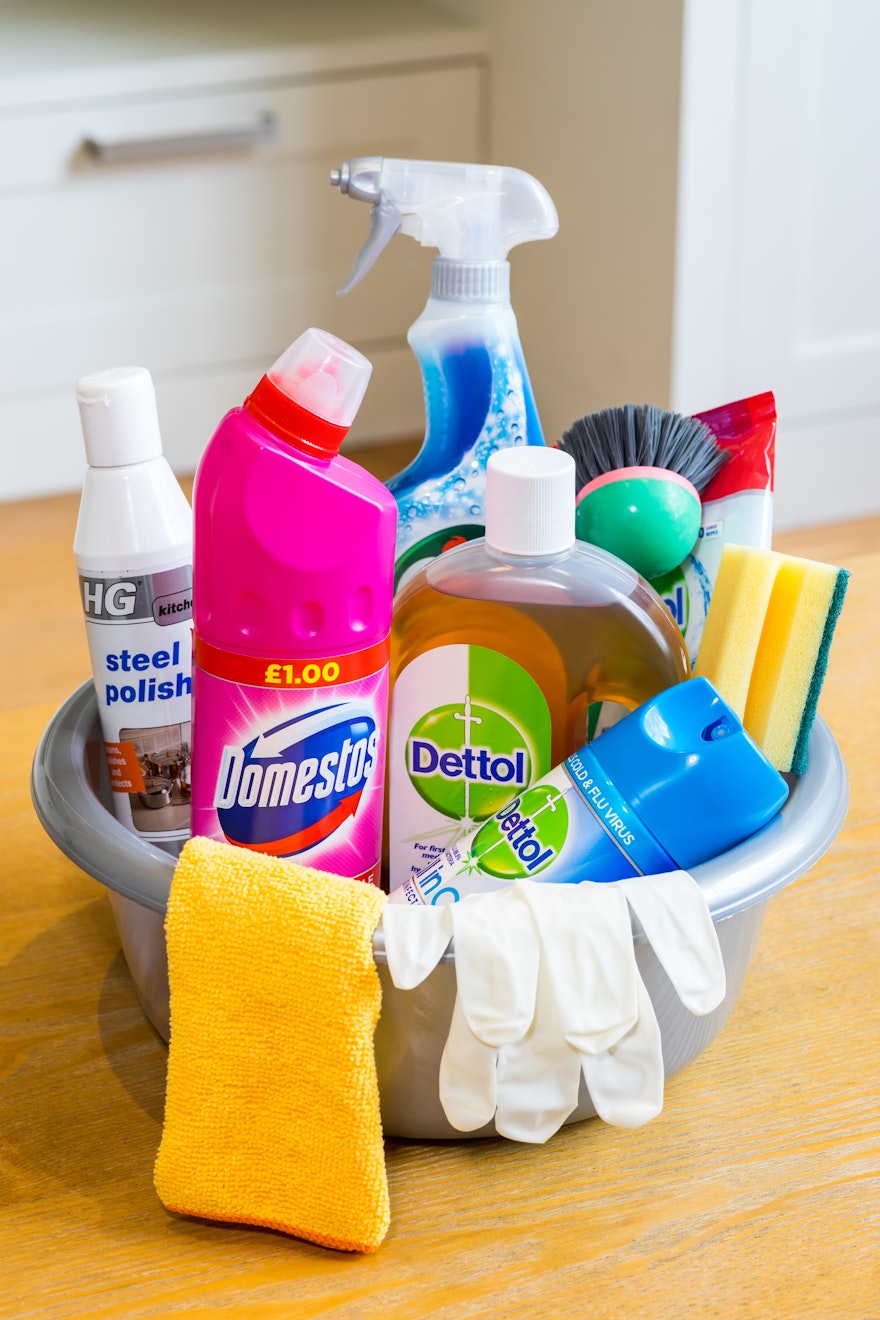
Such alternatives might include:
- Alcohol-based sanitisers/surface disinfectants (in concentrations of 70-80%)
- Common disinfectants based on ammonium compounds or chlorine - such as bleach
These can be used alone on already cleaned services or as part of a 2-step cleaning process alongside detergent.
However, some important considerations and precautions must be taken into account when opting for these alternatives:
- Food contact surfaces should be washed down with water after cleaning to prevent chemical contamination of food.
- Manufacturer’s instructions must be followed closely - particularly in relation to dilution rates and contact times.
- Guidance from the Health and Safety Executive (HSE) on the use of chemicals in the workplace should be considered (you can find it here).
- Further advice should be sought from your food safety consultant if required.
What is disinfectant?
Disinfectant is a cleaning product that kills bacteria and viruses. However, it can only do this effectively when applied to surfaces that are already visibly clean. Grease and dirt will impede the disinfectant from doing its job.
Never forget the importance of hand-washing
You should wash your hands before you do any of the following:
- Handle food
- Prepare food
- Cook food
If handling raw meat you should also wash your hands afterwards. Doing this and using warm, soapy water is the only way to prevent cross-contamination.
Use warm water
When washing your hands or washing surfaces or utensils you should use warm water. Although only water of temperatures of 70 degrees celsius or above actually kills bacteria, this is too hot to avoid the risk of scalding. Warm water when used with soap or a different type of detergent will lather and detach bacteria from surfaces, and will be washed down the drain with the rest of the used water.
Cold water is not completely ineffective when it comes to cleaning, but it will not lather the detergent like warm water, and it is the lathering that helps detach the bacteria.
Fabric-based equipments and accessories must be changed regularly
Dirty, damp fabric is a breeding ground for bacteria, so kitchen items such as sponges, cloths, tea towels and oven gloves only be used when dry, and washed or changed regularly.
Clean utensils and serving dishes before use
This is especially important not just because of bacteria, but when dealing with allergen ingredients that can be transferred via hands or utensils to items such as plates.
What is sanitiser?
Sanitiser is a cleaning product that can be used to clean and then disinfect surfaces when a 2-step approach is taken.
First it should be used to clean the surface by removing dirt and grease. It can then be used a second time to disinfect, so long as it is left on the surface for the Manufacturer’s recommended time needed for disinfection.
Raw foods that cannot be safely eaten that way should be prepared using separate utensils and equipment (such as chopping boards) to other ingredients, and washed thoroughly between tasks.
Don’t wash raw meat
Raw meat does not need to be washed. Any bacteria should be killed during the cooking process. In fact, washing raw meat poses an even bigger risk of cross-contamination if rinsed under a tap, as the contaminated water will likely splash on hands, utensils or worktops.
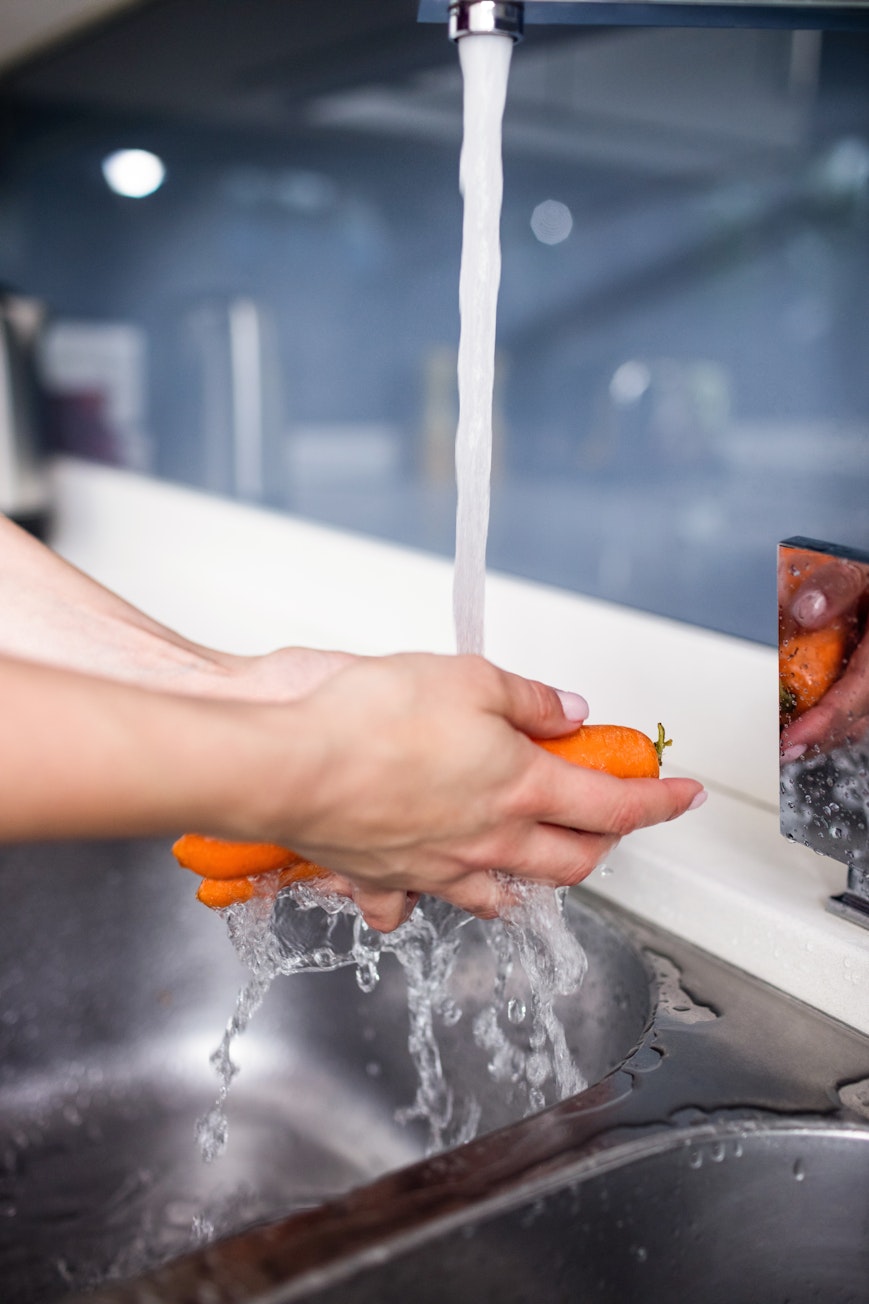
Do rinse fruit and vegetables
Fresh fruit and vegetables should be rinsed before using to remove dirt. Peeling vegetables is another way of removing dirt from the surface.
Further Information
You may also be interested in…
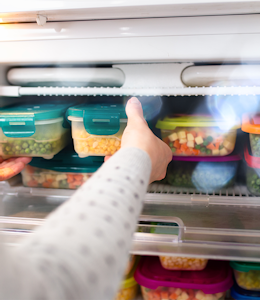
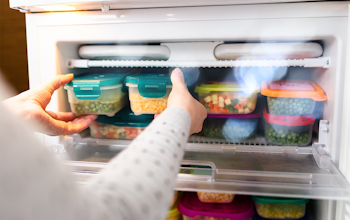
You may also be interested in…
